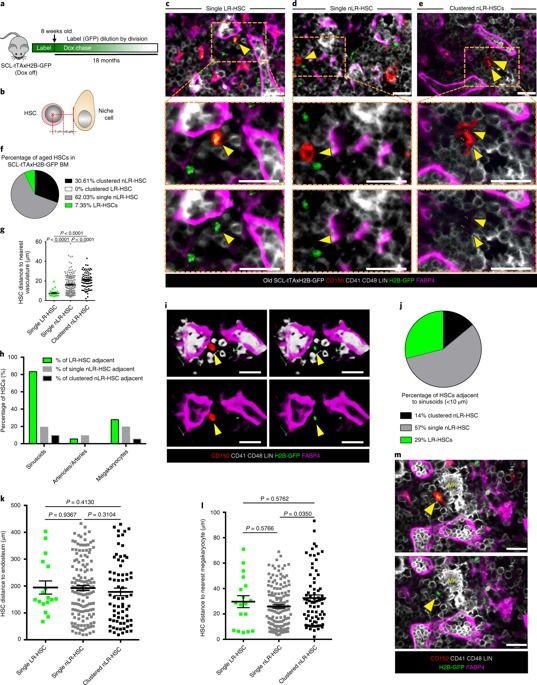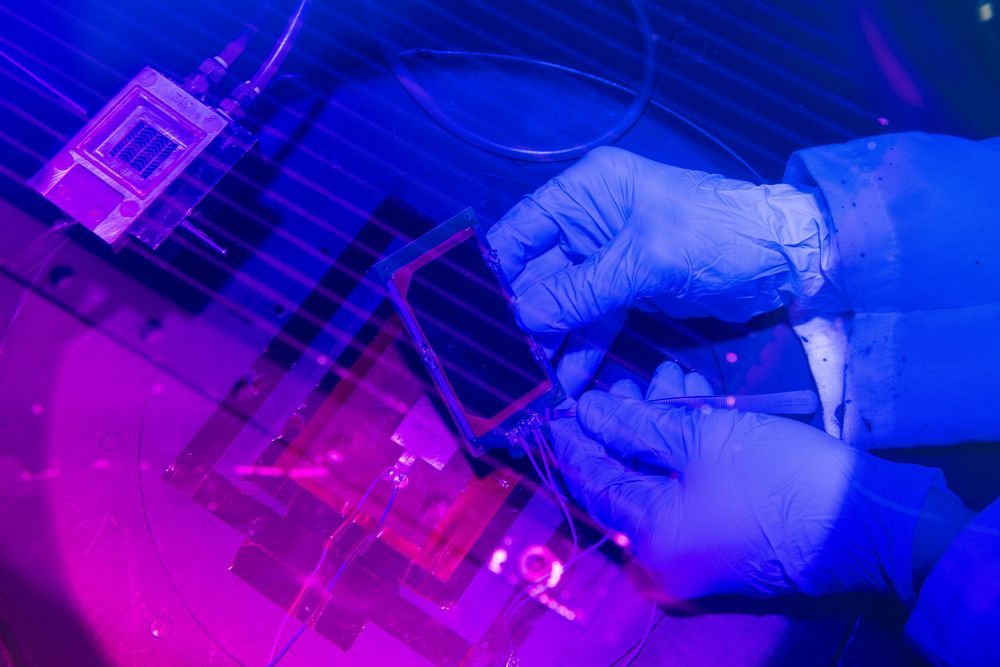Visit http://TED.com to get our entire library of TED Talks, transcripts, translations, personalized Talk recommendations and more.
Exactly when and where did life on Earth begin? Scientists have long thought that it emerged three billion years ago in the ocean — until astrobiologist Tara Djokic and her team made an unexpected discovery in the western Australian desert. Learn how an ancient rock found near a hot volcanic pool is shifting our understanding of the origin-of-life puzzle.
Get TED Talks recommended just for you!
The TED Talks channel features the best talks and performances from the TED Conference, where the world’s leading thinkers and doers give the talk of their lives in 18 minutes (or less). Look for talks on Technology, Entertainment and Design — plus science, business, global issues, the arts and more. You’re welcome to link to or embed these videos, forward them to others and share these ideas with people you know. For more information on using TED for commercial purposes (e.g. employee learning, in a film or online course), submit a Media Request here: http://media-requests.TED.com
Follow TED on Twitter: http://twitter.com/TEDTalks
Like TED on Facebook: http://facebook.com/TED





